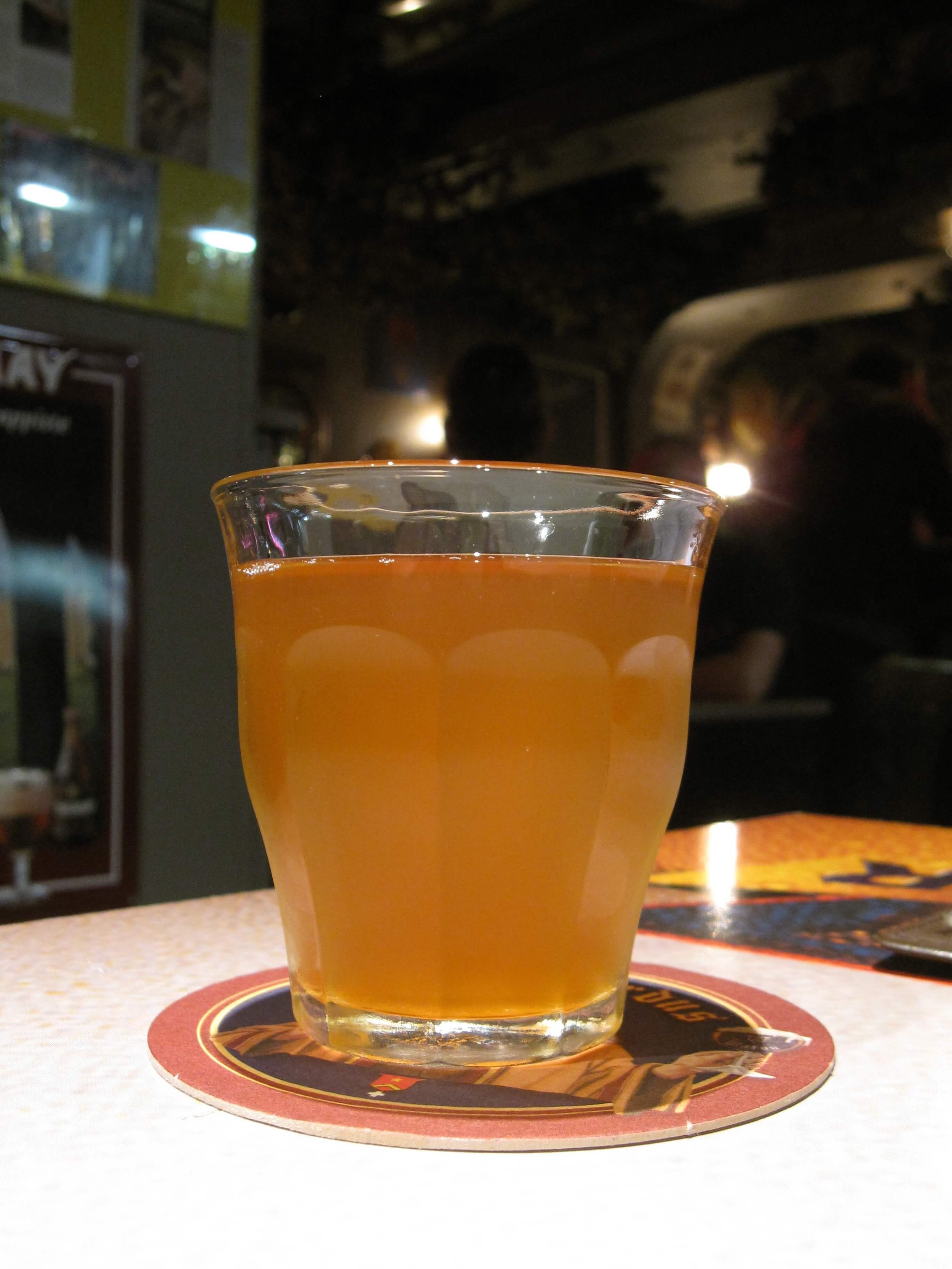Why Sour Beer is a Very Good Thing
Editor’s note: Contributor Pete Slosberg recently shared his review of the film Beer Conditioned. In the review he said “Beer geeks from around the world, in the last 20 years or so, have discovered Lambics and Gueuzes, driving up demand and thus scarcity, dramatically” so we asked him to share more on the topic.
"Sour beer at Cascade Brewing in Portland" by Scott Beale is licensed under CC BY-NC-ND 2.0
Sour beers have been around since the early days of beer. Sour brown or red ales, and Gueuze, a Belgian style Lambic are traditional styles of beer in Belgium, but their popularity in the rest of the world is a relatively recent phenomenon reflecting the growing sophistication and palate of beer drinkers.
Spontaneous Fermentation & Terroir
A short explanation is that before anyone knew what yeast was, all beer was spontaneously fermented and most likely turned sour. Wild yeast and bacteria in the air would ferment the sweet liquid derived from grain(s). Of course, these critters in the air vary from location to location and time of year. This blend of yeast and bacteria will create unique aromas and flavors. In the film Bottle Conditioned, there are many scenes of people spending a great deal of time breathing the beer.
All beer was spontaneously fermented until relatively recent history. No one even knew what yeast was until the 1700s. The old medieval brewing guild in England called it "God-is-good" because they believed it had to be magic that caused fermentation. Wild yeast and bacteria in the air would settle on the sweet liquid made from grain and eat the sugar and give of many by-products including alcohol and carbon dioxide. As technology got better and the science of brewing was better understood, brewers around the world let this brewing style go away. But the brewers of the Senne River Valley kept it going.
The best analog for this is sourdough bread, which also is spontaneously fermented. Ever wonder why San Francisco is world famous for sourdough? The air there contains a unique bacteria which gives off special character and is scientifically named after the city: Fructilactobacillus sanfranciscensis.
The Senne River valley that runs through Brussels has this mix of wild yeast and bacteria that makes these beers wonderful.
The Recent Rise of Sour Beers
"Cantillon Kriek" by Bernt Rostad is licensed under CC BY 2.0
The film Bottle Conditioned illustrated how in a span of a few years, the sour style has gone from obscurity with wine-sized bottles selling under 10 Euros (about $11) to now in much higher demand and selling for twice as much and more than 10 times as much on the aftermarket. Two anecdotes illustrate the frenzy for sour beers.
My wife and I were friends of the late Armand Debelder, master blender and owner of Proef 3 Fonteinen “Drie Fonteinen” for over 15 years. We spent a lot of time talking about the Lambic style and state of the industry with the man known as “Opa Geuze” or “Grandfather Geuze.” We were actually involved with a project with Debelder, 12 years ago, to create something new: a unique beer that would be priced at a higher level to see if the market would support it. It was a success!
Debelder made a Kriek(sour cherry beer) with low production local Schaerbeek cherries. It was an amazing beer! But he was upset and wouldn't sell any to go. You could only buy and drink them at the brewery because people would buy the bottles to go and get 100s of dollars for them in the after market. It pissed him off. I asked him if I could buy some and his response was quick, no bottles would leave the brewery. I countered, "But we've been friends for so long, you don't trust me?" His response was, with a cute sparkle in his eye, "OK, I have some bottles of the Schaerbeek Kriek without labels on them. You can have those."
Bottle Conditioning & Aging
A major distinguishing characteristic of Belgian sour beers is how they can age. Typically beer starts going bad the moment you package it. Oxygen in the air gap will chemically change the aroma and flavor over time. Heat, light, and time destroy the beer.
Belgians discovered several techniques that will mitigate this oxidation and thus allow the beer to age for a long time. Hops are the dominant spice of beer. They add bitterness and aroma. They also contribute an antioxidant that stabilizes beer. The Belgians age hops for three years, which degrades the aroma and also the acids that give bitterness but allows the anti-oxidant to remain. They add a lot of hops but not so much as to become IPAs.
There is also live yeast in the beer which will scavenge oxygen as it carbonates the beer and thus prolong the life of the beer.
What Makes Sour Beer Good?
"3 Fonteinen Lambic" by Bernt Rostad is licensed under CC BY 2.0
Most people know beer has a sensory effect from a combination of sweet from the grain and bitterness from the hops. Sour can be viewed as a third dimension and can work very well when in balance.
Certain microbes in the air and in the barrel can contribute to sourness. Lactic acid can be produced by the bacteria and has a milder impact. Vinegar can be produced by other bacteria. It takes attention to detail to minimize the acetic acid product. Do you really want to drink vinegar? Well, maybe in kombucha. Sadly many breweries in the US, in the 2000's were producing these vinegar bombs. Lambics and Gueuzes have a harmony of lactic acid. When the brewers get acetic acid, the barrels are usually get tossed.



